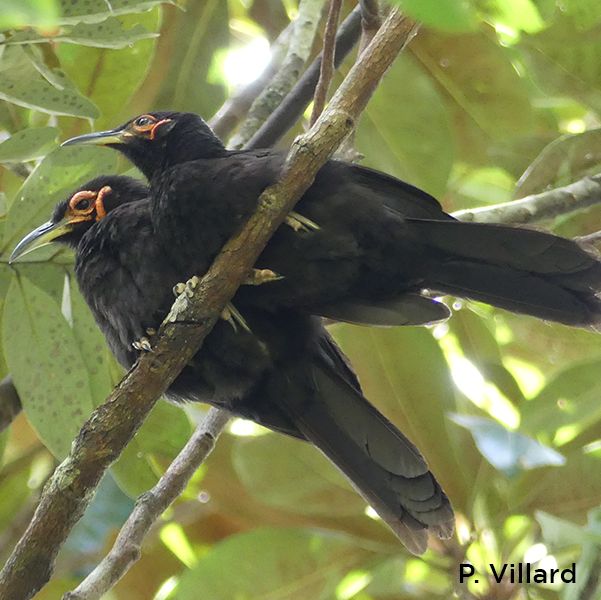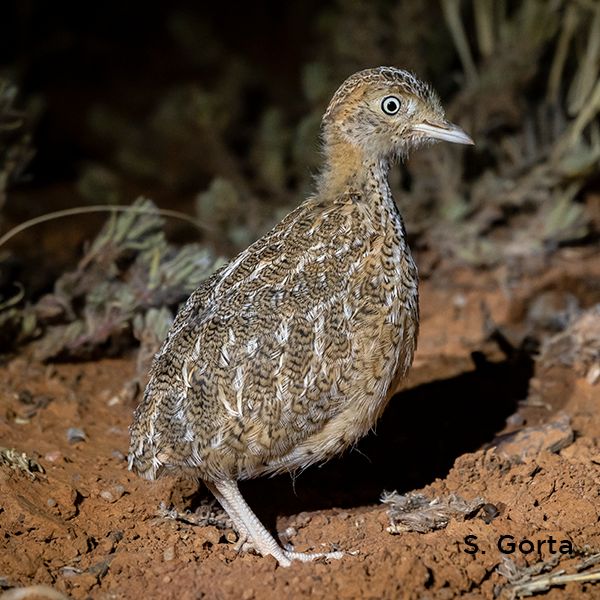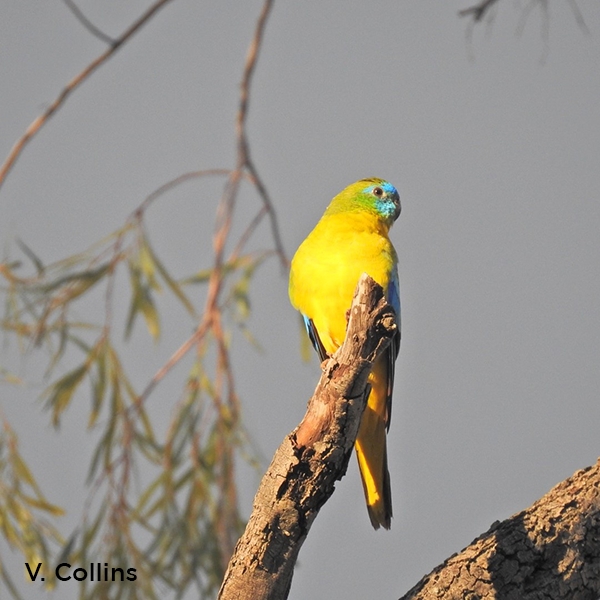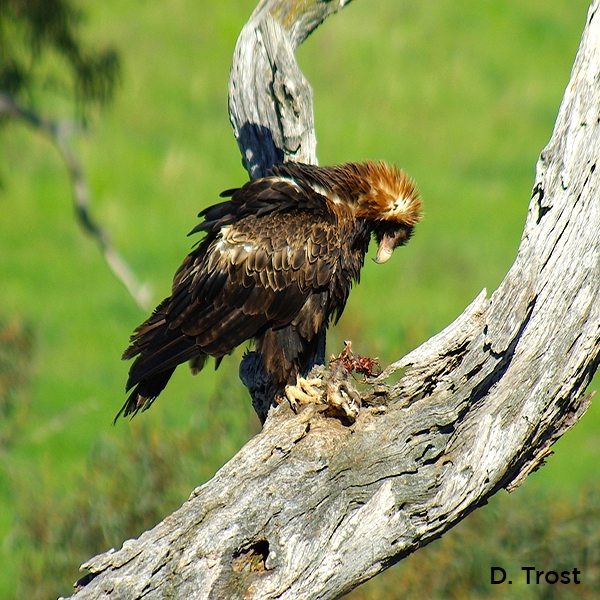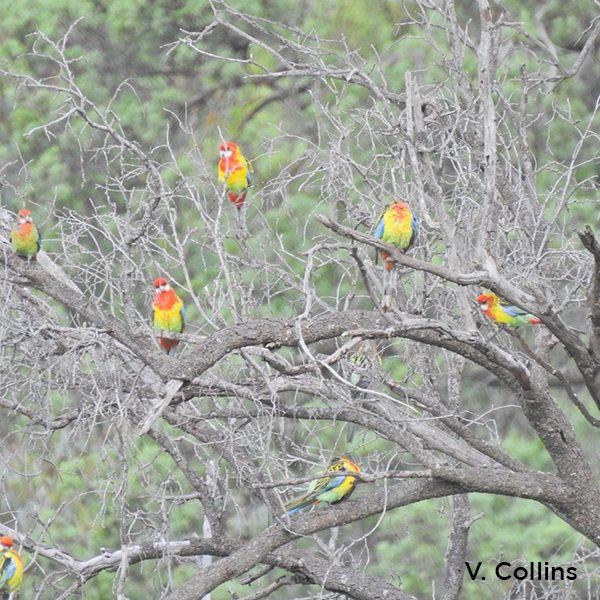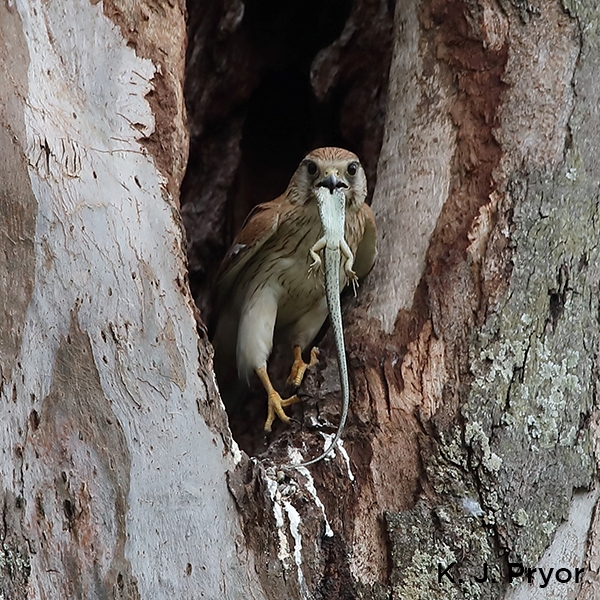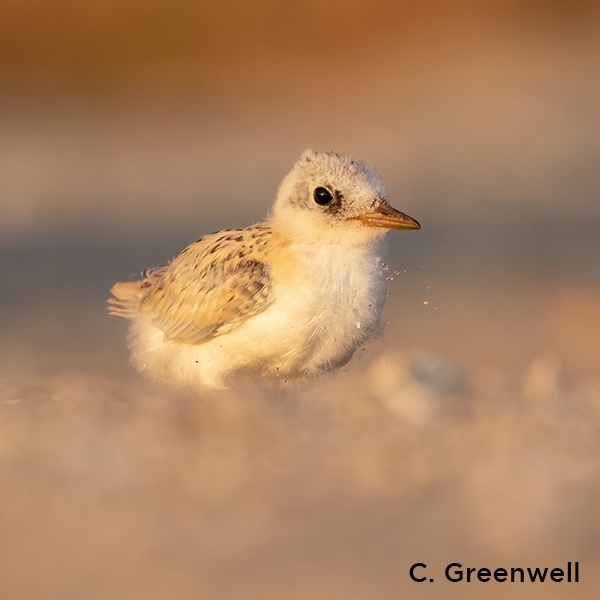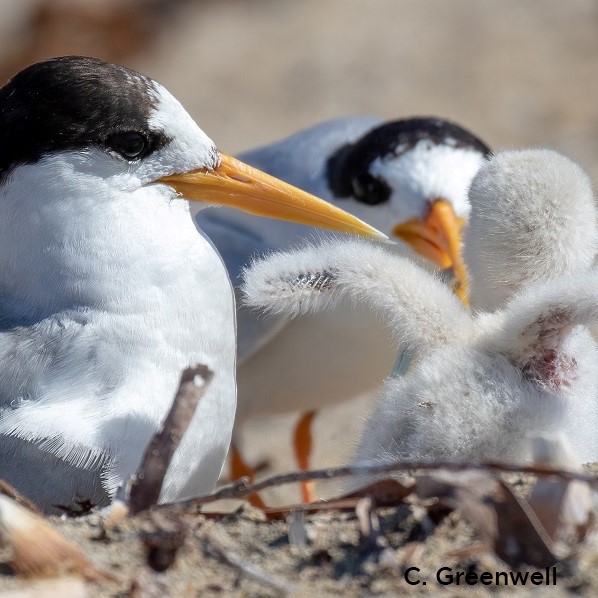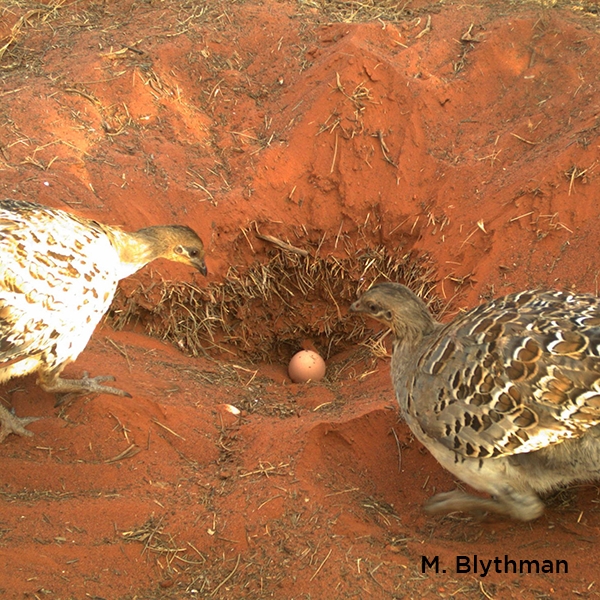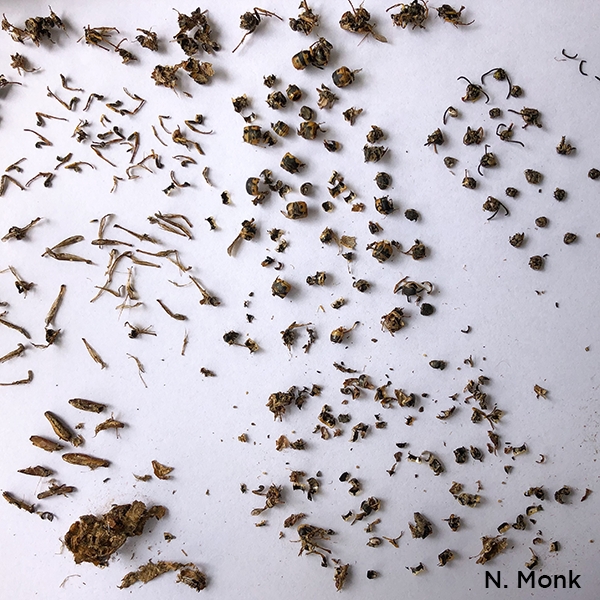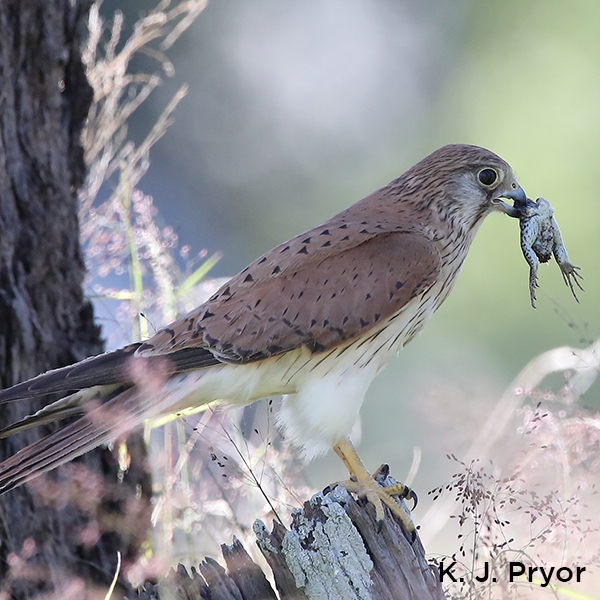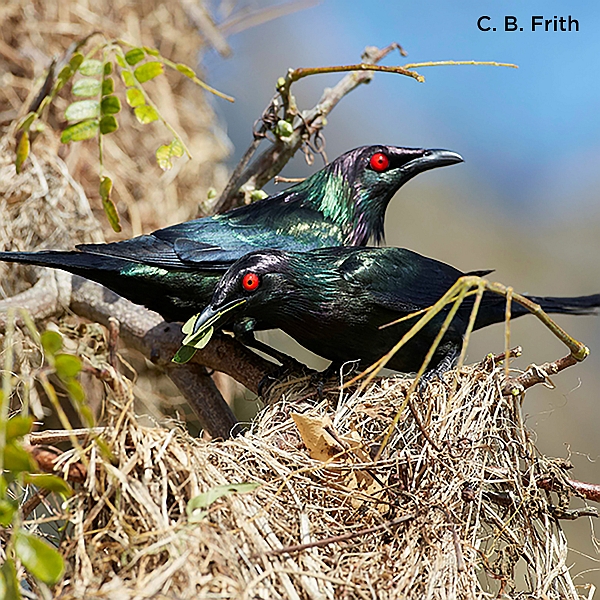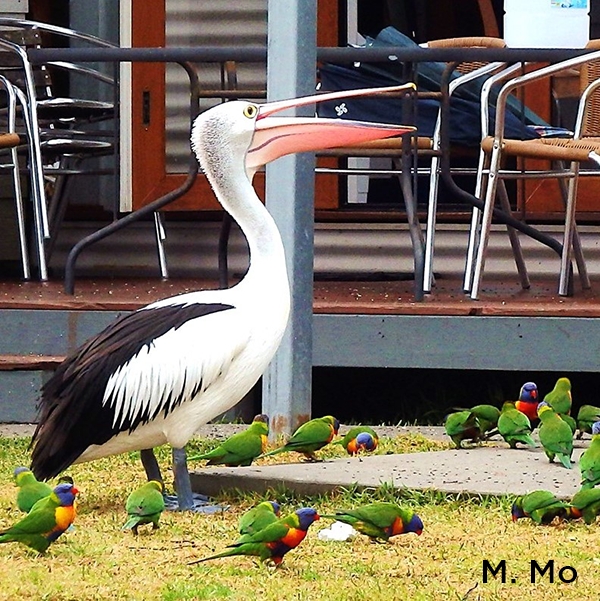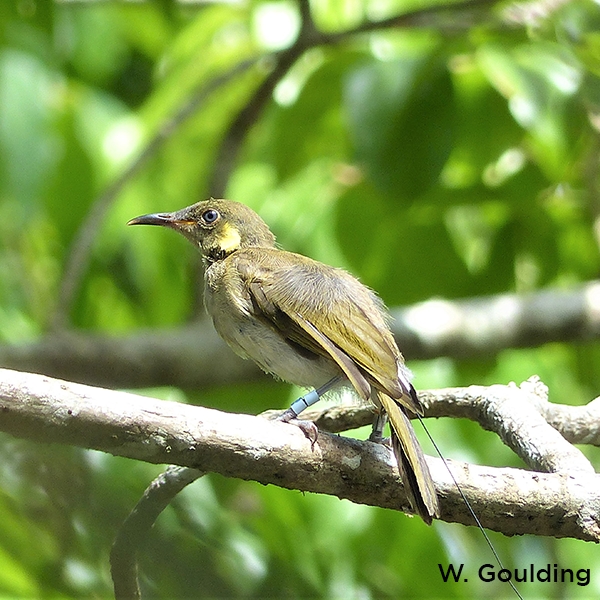Fledgling productivity and breeding parameters of the Black Falcon Falco subniger in southern Victoria, 2014–2024
D.J. Whelan, B.W. McRitchie, S.J.S. Debus
Abstract
Fledgling productivity of two pairs of Black Falcons Falco subniger was studied in the Bacchus Marsh district of Victoria over 11 breeding seasons (2014–2024), with a third nesting pair known but no fledging outcomes determined. Nests were appropriated stick nests of corvids and medium-to-large raptors, in the canopies of common local eucalypts in the agricultural landscape, and situated >6 m (mostly >10 m) above ground. Fledging occurred in September–October, following egg-laying in July–August. From 81% nest success over 11 years, at least 1.7 fledglings were raised per pair per year (n = 15 nest-years) and 1.6 raised per attempt, including a failed repeat attempt within a year. Mean and modal brood sizes at fledging were 2.0 and 2, respectively (brood size range 1–4), and the sex ratio of 26 fledglings was close to parity (11 male, 13 female, two unsexed). Causes of failure were storms destroying nests with chicks, and one ground-roosting fledgling was killed by a predator. Successive nests of each pair were clustered in a core territory of radius 1–2 km (Pair 1) or 0.8–1 km (Pair 2), with long-term site fidelity. The nesting areas of the three pairs were at the points of an equilateral triangle separated by 18 km, although there may have been additional breeding pairs in the district. We present historical notes by the late Len Harvey (oologist) for comparison with the present situation in the study area. On the basis of our data on productivity, inferred nesting density and extrapolated likely population size, the Black Falcon’s current official listing as Critically Endangered in Victoria may warrant reassessment as Endangered.

